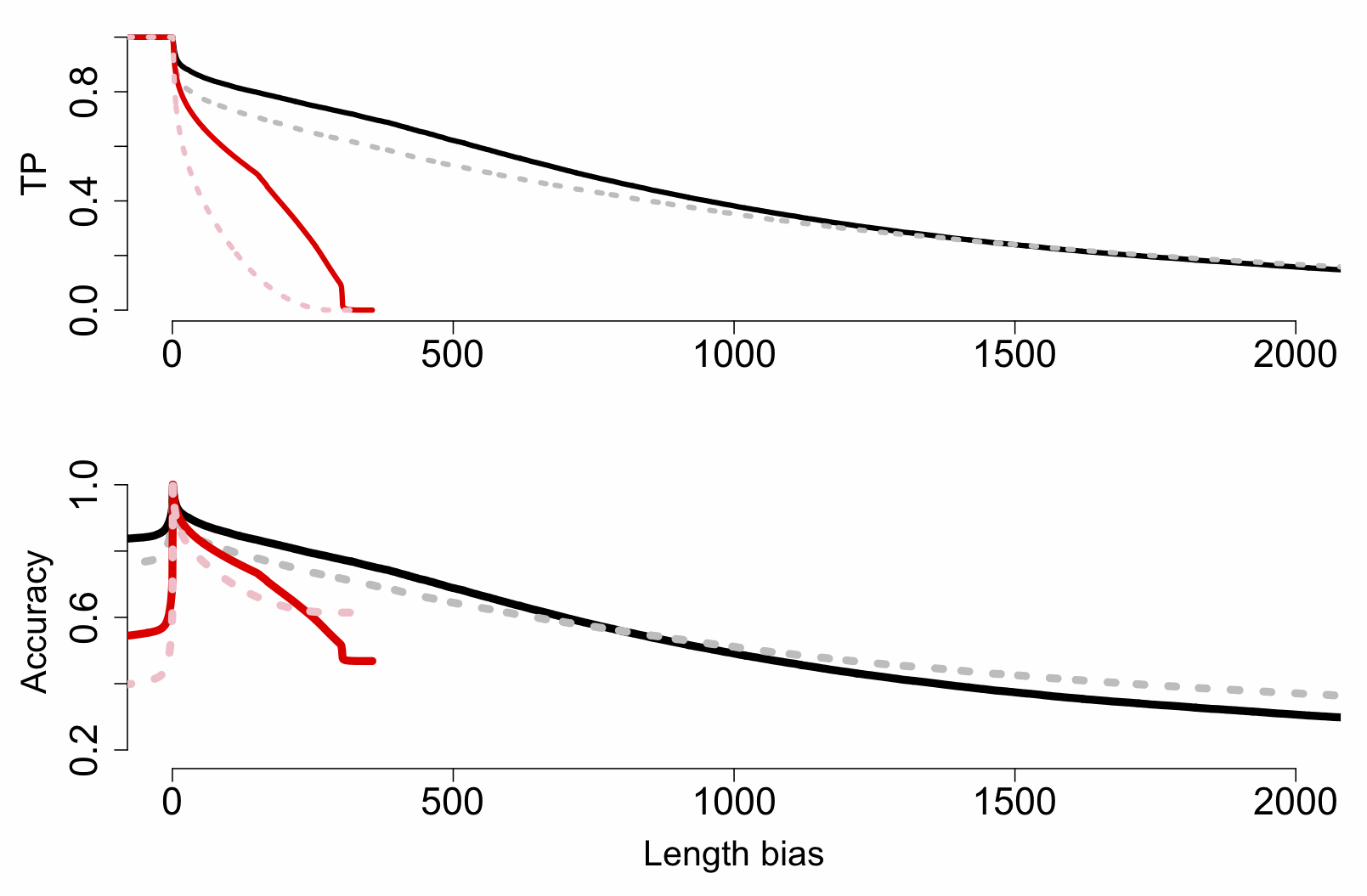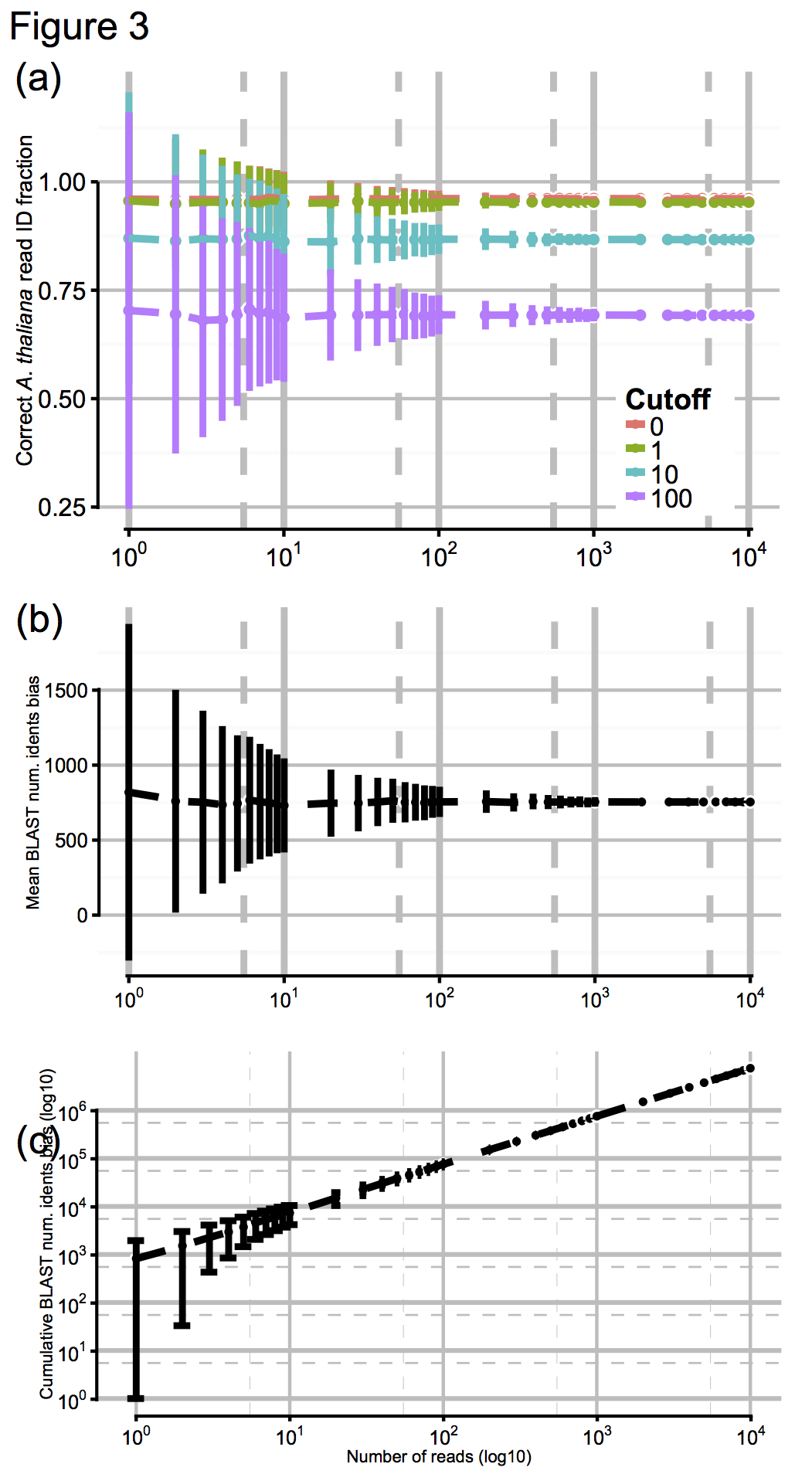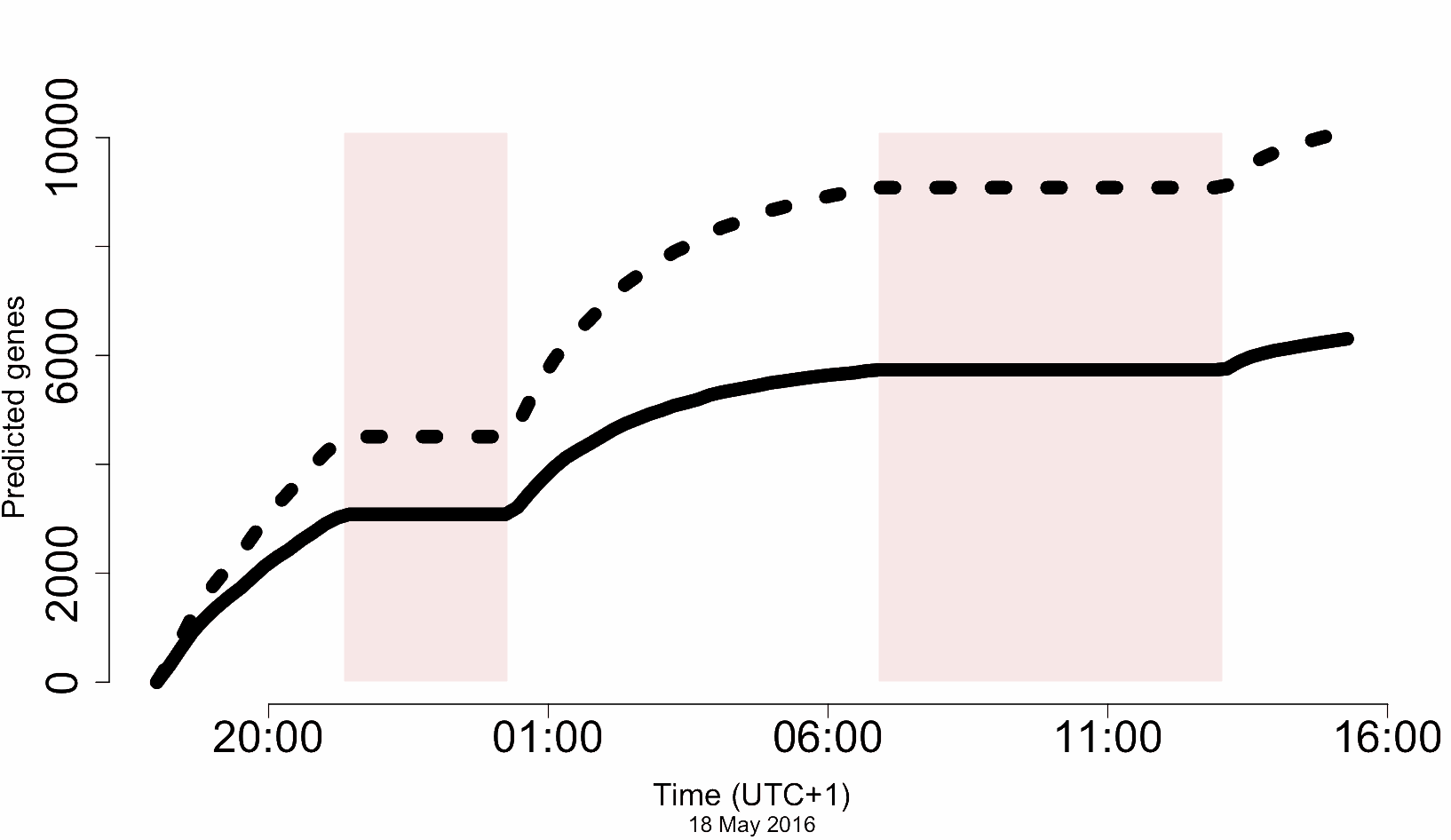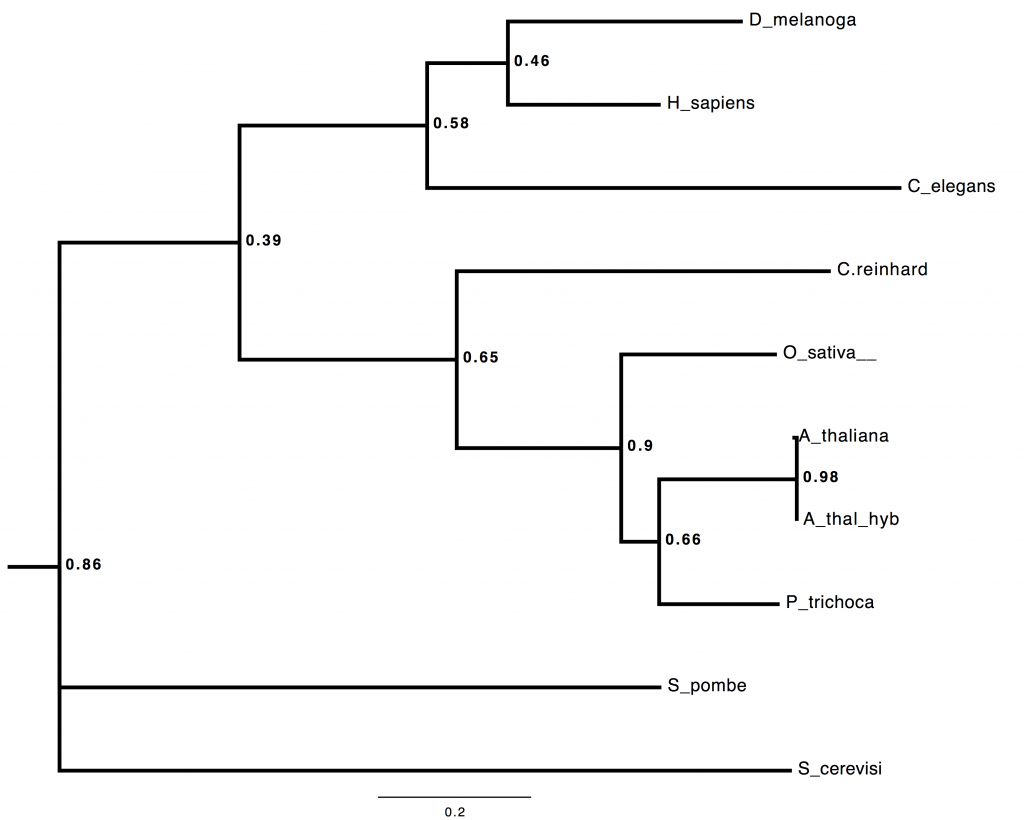This is part 3 in a series of posts this summer conference season. It isn’t aimed at one particular LOC – I know how hard they all work – but intended as a general reflection.
I’ve been to god-knows how many academic conferences in the last 15-20 years, but I can only really remember a handful (partly due to the post-conference booze, but…) Some stand out for great reasons, others for terrible ones. So I’ve put together a few thoughts I keep in mind when organising a meeting:
Remember your purpose
Some conferences are run as tightly-knit events, where a small, well integrated field essentially perform business type duties of exchanging information and doing deals on collaborations, etc. Others function more like a massive science-bazaar, with a really wide range of talks. Some are focused on an exciting emerging theme, or raise awareness; others are an opportunity to laud an eminent scientist retiring, or to provide students and early-career researchers with an exciting platform. Whatever your purpose, make sure you’re agreed on it, as a committee. Keep your purpose in mind throughout the planning, delivery, and debrief after the conference to make sure you stay focused. For instance, employing a grad student to live-blog the conference (see below) is fairly pointless if literally every scientist in that field is there in the room…
Take the logistics seriously
Your committee is likely to be based in the city/campus where the conference is to be held. This gives you advantages when it comes to organising the event logistics (travel, accommodation, food) but unfortunately, it also means you’re liable to miss some elements which will be vital for others:
- How will people get to the conference? Is there public transport? Bike parking? Are people likely to try and drive there? What about pedestrians? And…
- Will any of your attendees have particular physical needs around accessibility (spoiler: almost certainly)?
- Will the food be acceptable to diverse cultures and diets? Priced sensibly for grad students, including those from developing nations?
- Similarly, the accommodation should cater for a wide range of attendees’ needs and budgets.
- Will the conference pricing and customer support work well? Can it cope with loads at registration/payment deadlines? Who will provide ‘customer’ support to colleagues with queries, and how? Are you collating an FAQ as you go?
- How will abstracts be collected and published?
- What will your social media policy be (see below)?
- Finally: brief all your staff and volunteers thoroughly!!! There’s nothing worse than seeing an enthusiastic student put on the spot because (for instance) shirty delegates can’t login to the wifi, or realise that the conference programme has been amended from the printed one.
Local entertainment and culture
Many conferences seek to showcase the local culture and/or nightlife. This can be a fantastic addition to the conference, but make sure you plan it ahead, and be inclusive. If drinking loads of alcohol is a big part of the activities, for instance, make sure teetotal attendees are catered for.
Also, while the temptation is for the prime-movers in the conference committee or society to use the conference as an opportunity to socialise amongst themselves, this can rapidly become cliquey and exclude others. Make sure you circulate and socialise with your delegates (some who may have travelled a long way, perhaps to meet you) and even consider specific icebreaking activities.
Delegate safety
This is key. You do have a duty of care over your attendees. If your conference is in an inner city and there are events planned after dark, maybe don’t get your delegates pissed, give them all bright orange rucksacks labelled ‘mug me’ and send them off into the night…
Social media
Social media and liveblogging are really brilliant additions to the conference experience these days. It gives an opportunity for colleagues to meet like-minded scientists; for the more shy to express their opinions in a safe space online; to catch up on parallel sessions; for those unable to attend to follow along; to advertise your next event; and simply to disseminate information such as programme changes. However you must think about a few things:
- Will you aim to keep a record or archive online of the conference? If so are you hoping this will happen naturally? Or can you ask a student or ECR to take responsibility?
- Will you have a twitter account and hashtag for the conference? If so, make sure the hashtag isn’t taken(!)
- Make sure the conference house rules for social media are understood in advance e.g. can slides, videos etc be shared or not?
Scientific content and chairs
Ultimately the science is why we’re here, right? So make sure you pick willing and competent chairs for your sessions. These should be serious-minded, but sociable people who are going to take their responsibility seriously and make sessions flow as smoothly, interestingly, and inclusive-ly (sorry) as possible. Don’t pick chairs just because you can call them easily, or because they are big wings in the field. Try really, really hard to maximise diversity amongst your chairs (so delegates feel welcome), and don’t forget that even relatively junior early-career researchers might make fantastic chairs, depending on their experience. They’ll appreciate the opportunity far more than some introverted old misanthrope who doesn’t even want the job – and make much more of it.
As well as the chairs, the opening and closing remarks should be an opportunity to set the science and tone for the debate. You’ll wish to talk about scientific issues, of course – but the main point of opening and closing remarks is to kick a conference off in the right spirit and summarise highlights (this extends to individual sessions – and you may want to have opening/closing remarks each day, too, for long programmes).
Above all, make sure your chairs all understand that you are trying to foster a lively, open, an inclusive debate throughout the conference – not a narrow, cliquey experience, or a toxic, personalised, hyper-macho slagging match.
Thank everyone
Above all, thank everyone – from the attendees, students, AV techs and soundmen up to your speakers, chairs, and committee!




